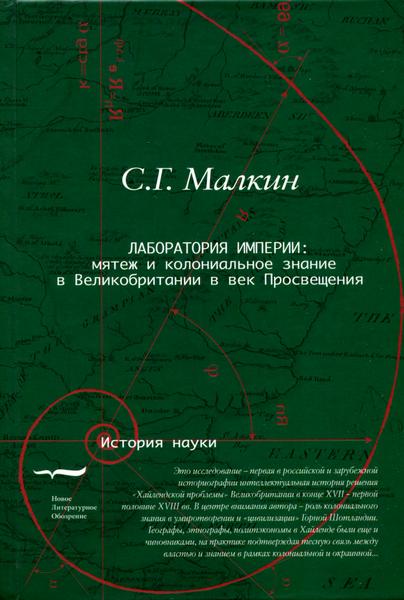Шрифт:
Закладка:
Это исследование — первая в российской и зарубежной историографии интеллектуальная история решения «Хайлендской проблемы» Великобритании в конце XVII — первой половине XVIII вв. В центре внимания автора — роль колониального знания в умиротворении и «цивилизации» Горной Шотландии. Географы, этнографы, политэкономы в Хайленде были еще и чиновниками, на практике подтверждая тесную связь между властью и знанием в рамках колониальной и окраинной политики европейских держав в духе века Разума и Просвещения. Они сочетали экспансию имперского порядка, новое научное знание и секулярные представления о человечестве. Раскрытие этих сюжетов помогает более глубоко понять, как формировались британская нация и Британская империя, а также значение интеллектуальной колонизации Хайленда для имперского строительства за океанами и шире — роль гуманитарного знания в век Разума, Просвещения и первых глобальных империй. С.Г. Малкин — доктор исторических наук, профессор кафедры всеобщей истории и методики обучения Поволжской государственной социально-гуманитарной академии (г. Самара), автор более 70 научных работ по истории.





